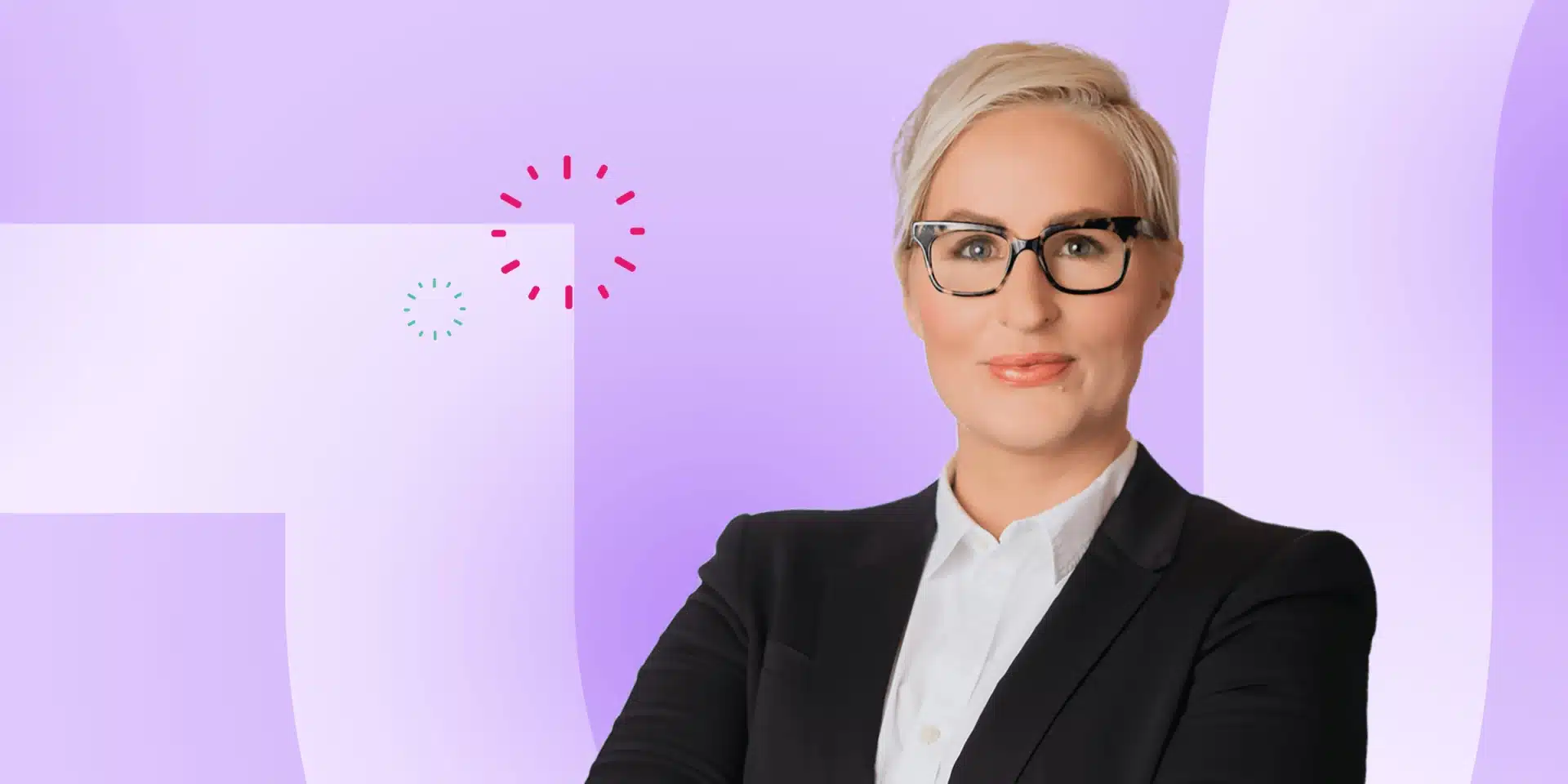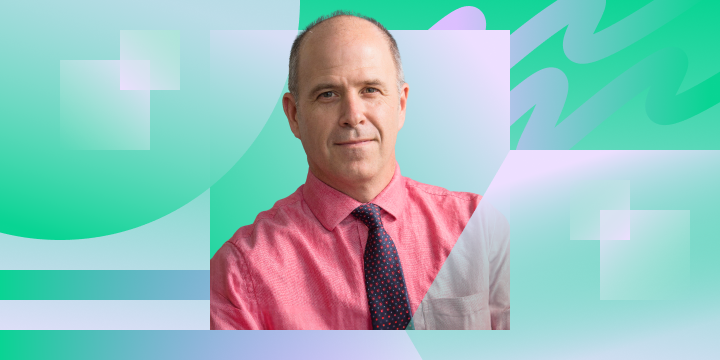I’ve just returned from Top Hat’s annual Engage faculty conference on teaching and learning. I am, in a word, jazzed. The presentations I attended and my conversations with faculty reinforced my faith in the dedication and creativity so many bring to the craft of teaching. But out of all these experiences, none drove home more urgently the challenge and opportunity facing universities than the opening keynote by Dr. Bridget Burns, Chief Executive Officer of the University Innovation Alliance (UIA).
Low success rates are the byproduct of a broken system
The UIA is a coalition of leading public research universities from across America dedicated to increasing the number and diversity of college graduates. As our campus communities increasingly represent first generation, historically underrepresented and financially constrained communities, the need for change couldn’t be more real. In fact, the record with these students screams urgency.
A cursory look at the statistics reveals double-digit gaps for these students in both individual course success in core areas across the curriculum and in overall retention and graduation rates. Our universities are failing these students and the reason is uncomfortably clear: the system we have is simply not designed to serve them effectively.
Students today are keenly sensitive to bad design. Immersed as they have been for years in a digitally enhanced consumer environment, they have high expectations for a smooth digital experience that is tuned to their interests. And they want the flexibility in learning that they know is possible in a post-pandemic reality. Everything, from the way they register for courses and pay their bills, to the way they participate in class and earn and transfer credits and credentials, will be subject to their finely tuned judgment *as* experiences. It’s not just about alleviating transactional friction. It’s about designing consumer-grade experiences that advance equitable learning outcomes.
Community, inspiration and purpose are the building blocks for change
The challenge is significant. But we have to look no further than the UIA’s record of increasing graduation rates for low-income students by 37 percent and for students of color by 73 percent to know that meaningful progress is achievable. As Dr. Burns suggests, it starts with empathy and taking time to understand the student experience as it is today, not how we imagine it to be.
I’ll share an example. When I was at Ohio University, we worked with a faculty member and their students to map out the student course enrollment experience from start to finish. Students videotaped their own journey and created process maps. This work laid bare just how student-unfriendly and needlessly burdensome the experience was. We then pulled in the key units responsible for each step, and worked as a community to improve the process with what often turned out to be relatively simple solutions.
Of course, if innovation were always that easy, we’d all be much further along. So Dr. Burns offered some additional insights. First, the importance of being explicit about a failure strategy. Not every initiative will bear fruit. So how will you treat failure productively as a team? And, how can you leverage success to cultivate new habits? For example, you could make empathy informed process mapping standard practice when developing new strategies for student success.
How we foster community and shared purpose among stakeholders is equally vital. Consider establishing meaningful ground rules, such as embracing a “yes…and” model when entertaining new ideas and solutions. And at a time when evidence is everything, develop and align on success metrics and hold one another accountable to confirm with data that what you’ve changed has actually improved outcomes. If the evidence suggests otherwise, then commit to a clear-eyed review of the results and learning from mistakes as a community.
Of course, everything I’ve shared is applicable not just to the administrative dimension of the student experience, but to their learning experience as well. Faculty individually and academic departments collectively can apply these approaches to course and program design and delivery as well.
Innovation work isn’t easy, and we’re all facing burnout and resource constraints that show no signs of abating. A necessary step is to prioritize this work, and create the time and space to do it—to ideate, to dream, to test and fail and iterate, and ultimately, improve the student experience. Working as a community (not a committee!) and including a wide variety of voices can provide much needed purpose and inspiration. Perhaps an easy first step is to join me at our next Top Hat Engage event and be inspired, as I was, by our community of caring and impactful instructors.
Brad Cohen is the Chief Academic Officer at Top Hat and the former Chief Strategy and Innovation Officer at Ohio University.


